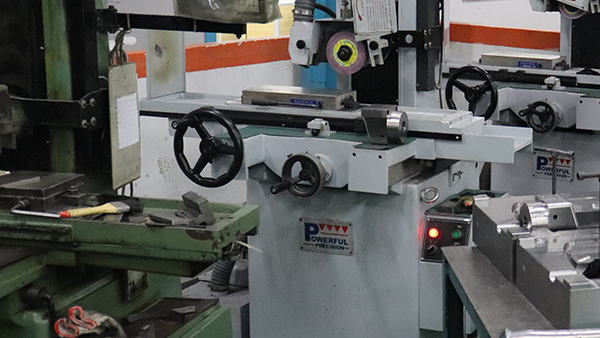In the mass production process of injection molding in Guangdong, mastering injection molding techniques and procedures is crucial, as any deviation from standard operations can damage the mold. DAYIN Plastics, with extensive experience in this field, provides a detailed analysis of the main steps and key control points in Guangdong’s injection molding process:
- Raw Material Preparation
- Standard Handling: Most raw materials do not require special drying, but in specific cases, preheating at 80°C for 2 hours is necessary to ensure optimal performance.
- Key Considerations: Prevent moisture absorption and ensure the purity of raw materials to improve product quality.
- Molding Temperature Control
- Temperature Range: During injection molding, temperature parameters are critical. The barrel temperature is typically set around 200°C, allowing the material to melt and solidify at a moderate pace, shortening the molding cycle.
- Temperature Adjustment: Excessive material temperature may cause silver streaking, affecting appearance, while too low a temperature can reduce product transparency and impact visual quality.
- Mold Temperature Control
- Mold Temperature Setting: Mold temperature is generally maintained between 50-80°C. Proper mold temperature helps the material fill the mold evenly, reduces cooling time, and improves product quality.
- Monitoring and Adjustment: Continuously monitor mold temperature and adjust as needed to ensure stability throughout the production process.

- Injection Pressure and Speed
- Pressure Control: For materials with good flowability like GPPS (General Purpose Polystyrene), injection pressure is typically set around 10 MPa to avoid excessive pressure, which can increase internal stress and lead to cracking, especially for products that will undergo painting.
- Speed Adjustment: The injection speed should be moderate and fast to reduce defects like flow marks. However, excessive speed may cause issues such as flash, mold sticking, or surface damage during ejection, so the speed must be adjusted flexibly in conjunction with injection pressure.
- Quality Monitoring and Post-processing
- Process Monitoring: Throughout the injection molding process, close attention should be paid to product quality to identify and address issues such as bubbles, sink marks, or deformation in a timely manner.
- Post-processing: After the product is molded, additional steps like deburring, polishing, and inspection may be required to ensure the final product meets quality standards.
In summary, injection mold processing is a complex and precise procedure that requires strict adherence to operating standards and precise control of various parameters to ensure both product quality and production efficiency.
DAYIN Plastic Products Co., Ltd. is a high-tech enterprise dedicated to product development, design, manufacturing, and sales services, offering one-stop solutions. Established in 1989, the company specializes in mold development, injection molding, post-processing, and electronic assembly. In addition to OEM services, DAYIN also develops its own products, which can be customized and branded by clients. With a 50,000-square-meter production facility, 30 years of mold development experience, over 50 R&D personnel, and more than 100 injection molding machines, DAYIN is well-equipped to meet various production needs.
